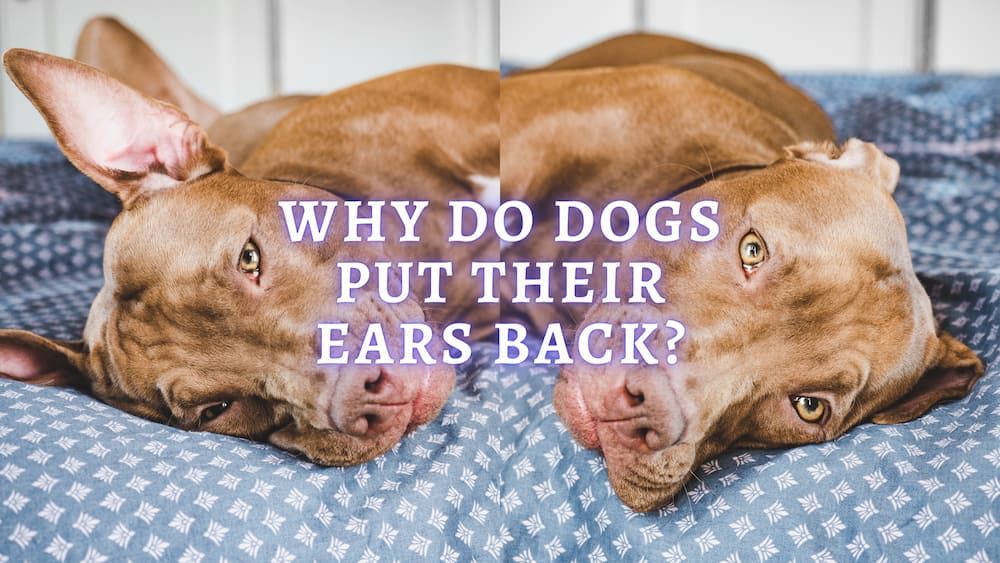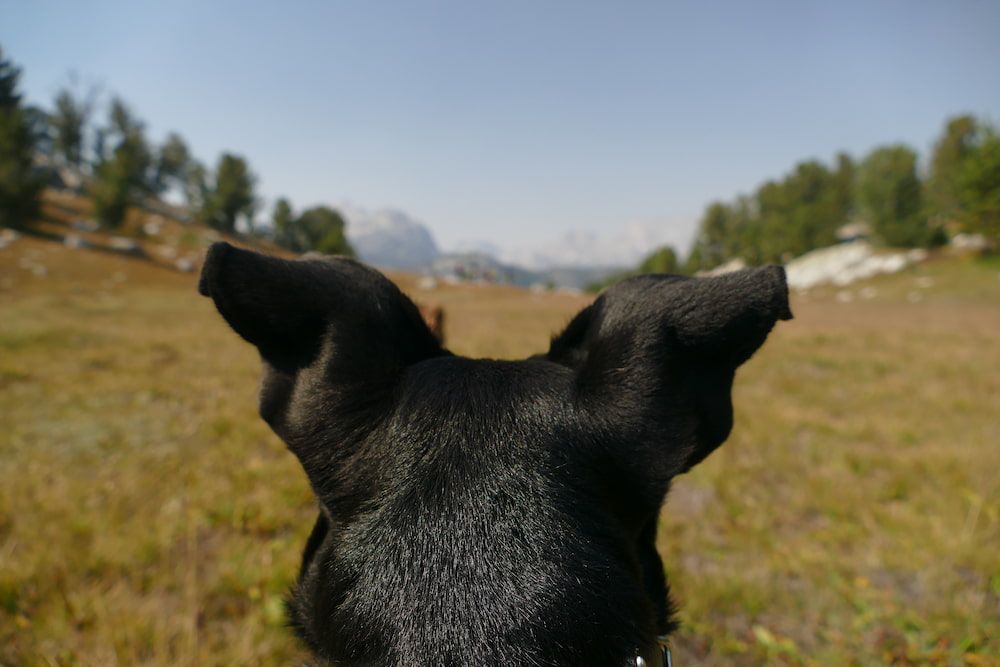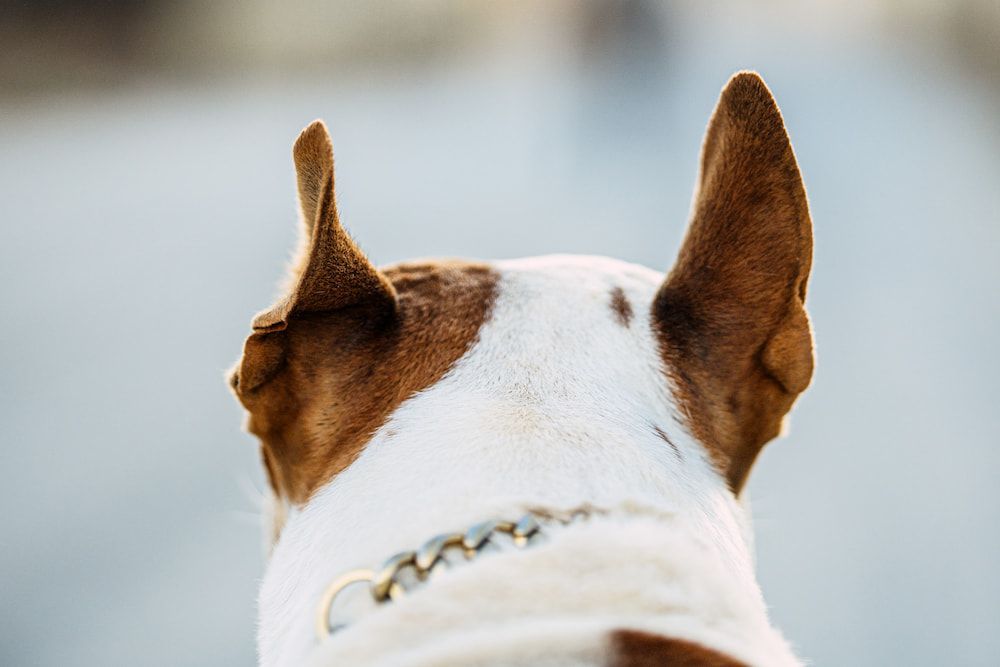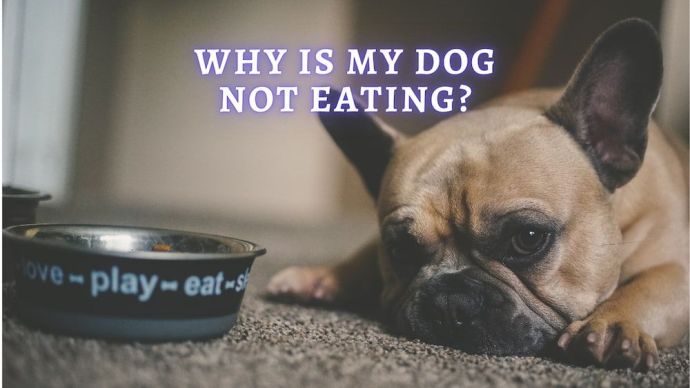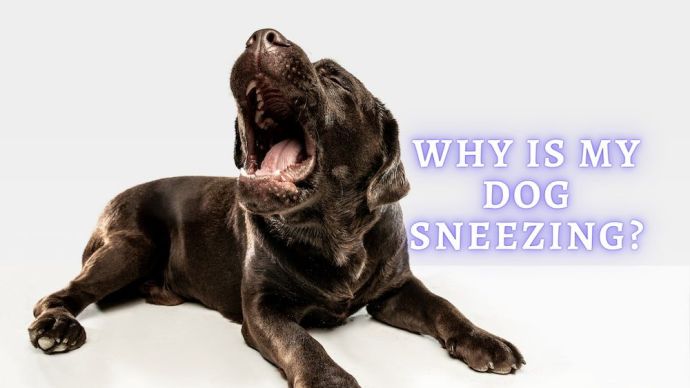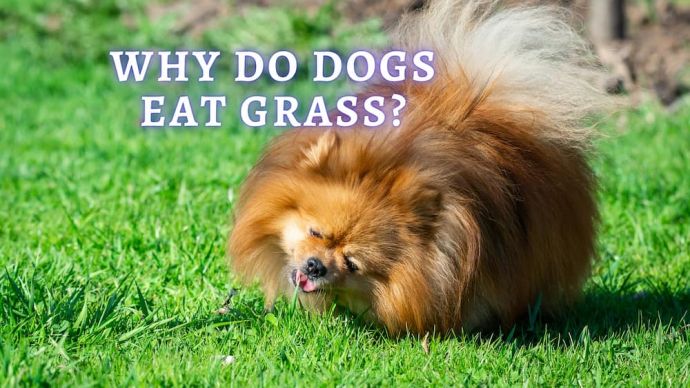Dogs Ears Back: 9 Reasons Why Do Dogs Put Their Ears Back?
Written by:
Author: Marissa Prizio
Marissa Prizio attended the University of New Hampshire and earned a bachelor's degree in biomedical Animal Science. Marissa has always enjoyed writing; she was even mixing literature classes into her science major in college. During her writing career, she has edited eBooks, written for a variety of websites, and created audio-visual courses for sustainability.
View all 36 articlesLearn about our editorial process and veterinary review board.
Viewed: 11560
Updated on: 01/17/2022
A dog’s body language and facial expressions are distinctly different than their human companions. While your pup may not make the same complex facial expressions as you, they do have another trick for communication. A dog’s ears can move in a variety of ways that display its emotional state. One of the most notable positions is when dogs put them back. So why do dogs put their ears back?
Animal behavioralists and trainers have deciphered the different reasons dogs’ ears are pulled back, and understanding ear placement is valuable for owners. Eyes may be the window to a soul, but ears are a simplified version of seeing what they feel. Understanding your dog’s body language can be crucial to understanding your pet and their needs.
Why does my dog pull their ears back?
It turns out that dogs pull their ears back for a number of reasons, just as they often wag their tail for different reasons. Canines, and their wolf ancestors, have used ear position to display emotions and meaning for thousands of years. [1] While these gestures are understood within their species, pups are also using this to communicate with humans.
Though it may be difficult to tell on dropped and cropped ears, most canines have the ability to swivel, perk, and flatten their ears to some extent. Flattening is caused by muscle tension, resulting from exposure to stimuli that cause a strong emotional reaction. If your pup is pulling its ears back, then it is likely responding to some form of incentives. Truly understanding why your dog pulls ears back depends on your interpretation of each situation and your comprehension of other body language, so let’s get started! [2]
READ MORE: Why Do Dogs Wink?
What signals are your dog’s ears sending you?
When you are trying to determine why your dog has flattened ears, take some time to observe other signals. This includes watching the eyes, the tail, overall stance, and any noises your pup may be making. [2] It can also help pay attention to things going on around your pet, as understanding your dog’s expressions and linking them to certain events can teach you what situations your pooch is comfortable in and what situations they would prefer to avoid.
Here we will discuss ear flattening in relation to a number of emotional states your dog may be experiencing, but keep in mind that not all dogs express these states the same way. The natural position depends on their genetics and any surgeries, so you will have to relate each of these emotional states to your own pup.
1. Listening
Unlike people, our furry friends can focus their hearing without turning their heads. Instead, they swivel their ears towards the sound, and if that sound is behind them it may appear pulled back or flattened. This position is typically coupled with an alert stance, but the dog does not appear to be tense. Their tail will hang normally and they may stand still to focus on whatever they are listening to. Pups can also hold their ears forward when listening, depending on the location of the sound.
2. Contentment
A relaxed dog will let its ears hang in a neutral position. [3] For breeds with pointed ears, like german shepherds, a relaxed position includes alert-looking ears and for other breeds, this may include floppy ears. However, a content dog may flatten them or hold them slightly back. This may not be true for all dogs, but some express tension in their faces when experiencing contentment, and this tension pulls their ears back. Imagine a dog laying in the sun after running around and playing. They may express squinty eyes, flattened ears, and excessive panting. When the rest of the body seems relaxed, they hold their tail high, and your pooch engages in an enjoyable environment, you can be fairly confident that they are content.
READ MORE: Why do Dogs Sit on Your Feet?
3. Courting
Courting rituals for a canine can come with subtle signals that humans rarely pick up on, pulled-back ears being one of them. It can be used to express submission to another dog, so some of them use this when courting as a display of acceptance in response to another dog’s advances and males often use it as a sign of interest. [6]
4. Appeasement
Submission and appeasement are the first behaviors that puppies learn. As puppies, they have to appease their mother. This is especially important as they get older and become rowdy enough to be reprimanded by their mother. Appeasement, also called active submission, is usually coupled with half-closed blinking eyes, light lip licking, a mostly closed mouth, the offering of a paw, and a low, slow, wagging tail. [1] Pups may express flattened ears of appeasement in the presence of other dogs or a person who they wish to please.
5. Sadness
Sadness in pups is often presented with overall drooping body language. The ears lay flat to the head, the tail hangs almost limp, and they may avoid eye contact. [1] [3] This body language can often be seen in pups in trouble or on “time-out” for bad behavior.
6. Fearfulness and Nervousness
Fear and nerves present differently in every dog, but for the most part, these emotions draw similar motions in the ears and eyes. Whale eyes, which refers to wide eyes with dilated pupils, are commonly combined with flattened ears, a tail tucked between the legs, and body tension when dogs find themselves in a fearful situation. [4] A fearful dog may whimper or be silent, but they could escalate to bark or growl if they escalate from scared to feeling threatened.
7. Anxiety
Anxiety is like a prolonged and more intense form of stress. Most commonly, owners hear of separation anxiety, but pups can be anxious for other reasons too. Flattened ears, high alertness, a tucked tail, and even trying to escape a situation are all signs of anxiety. [3]
READ MORE: Why Does My Dog Follow Me Everywhere?
8. Warning & Danger
Canines are very aware of their environment, making them the first to notice threats. Whether these threats are real or just the veterinarian, dogs often flatten their ears in response. This stems from associated feelings of fear or defensive aggression, both of which can start out as a warning. A warning that it will bite will often flatten its ears, direct hard stares towards the perceived threat, and produce ferocious noises that display its mouth and teeth. [1] If your pooch displays these warnings at inappropriate times, it is best to involve a professional dog trainer.
9. Illness and Injuries
Just as a pup will limp on a hurt paw, they will also cater to a hurt ear. If a dog has experienced a painful injury or has an infection, they may pull them back. These conditions can be extremely painful, so they holding their ear back may be trying to keep it from being touched. [5]
FAQ’s:
Why do dogs pull their ears back?
Dogs can pull ears back for any number of reasons. To understand why your dog is pulling them back, you will need to read into the situation and observe any other body language.
Why do dogs flatten their ears back when happy?
Most dogs may put their ears back when they are happy due to facial tension, or in an effort to show submission so their excitement isn’t mistaken for aggression.
What does it mean when a dog puts his paw on you?
Is your dog putting their paw on you without a command? They may be trying to appease you and they may be feeling submissive. This is even more likely if they are displaying flattened ears, half-opened eyes, and small licking gestures.
What does it mean when dogs’ ears are down?
Dogs may be expressing submission, a warning, stress, sadness, interest in courting another dog, or they may be acting in regards to an injury. Understanding what they mean depends on the dog and a number of other factors.
READ MORE: Why Does My Dog Put His Paw on Me:
Article Sources:
- “Canine Body Language.” Arizona Humane Society, azhumane.org/wp-content/uploads/Canine-Body-Language.pdf.
- “Understanding Your Dog’s Body Language and Sounds.” Hill’s Pet Nutrition, 8 Oct. 2021, hillspet.com/dog-care/behavior-appearance/dog-body-language-and-sounds-meaning.
- “How to Tell If Your Dog Is Happy.” PDSA, pdsa.org.uk/pet-help-and-advice/looking-after-your-pet/puppies-dogs/canine-body-language.
- “8 Tell-Tail Signs Your Dog Is Stressed During a Visit.” Pet Partners, petpartners.org/blog/8-tell-tail-signs-your-dog-is-stressed-during-a-visit/.
- Horwitz, Debra. “Dog Behavior and Training – Cleaning Ears.” VCA Animal Hospital, vcahospitals.com/know-your-pet/dog-behavior-and-training-cleaning-ears.
- “Mounting and Masturbation.” ASPCA, aspca.org/pet-care/dog-care/common-dog-behavior-issues/mounting-and-masturbation.
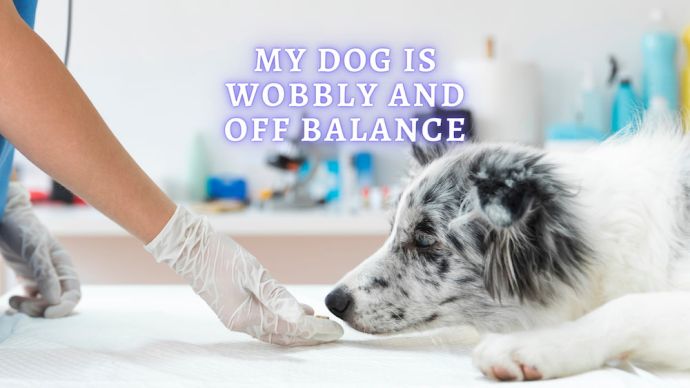 Dog Care My Dog is Wobbly and Off Balance: What Should I Do? (Vet-Approved Advice)
Dog Care My Dog is Wobbly and Off Balance: What Should I Do? (Vet-Approved Advice) - 5748
- 0
 Dog Veterinary Tips Why is my Dog throwing up: Causes and Preventing (Veterinary Advice)
Dog Veterinary Tips Why is my Dog throwing up: Causes and Preventing (Veterinary Advice) - 23424
- 5
 Dog Care Why Is My Dog Bleeding From Its Butt? Causes and treatment of rectal bleeding in the dog
Dog Care Why Is My Dog Bleeding From Its Butt? Causes and treatment of rectal bleeding in the dog - 22074
- 0
 Dog Care My Dog Keeps Scratching His Mouth: Reasons Why Your Dog Scratching Face
Dog Care My Dog Keeps Scratching His Mouth: Reasons Why Your Dog Scratching Face - 17560
- 1









